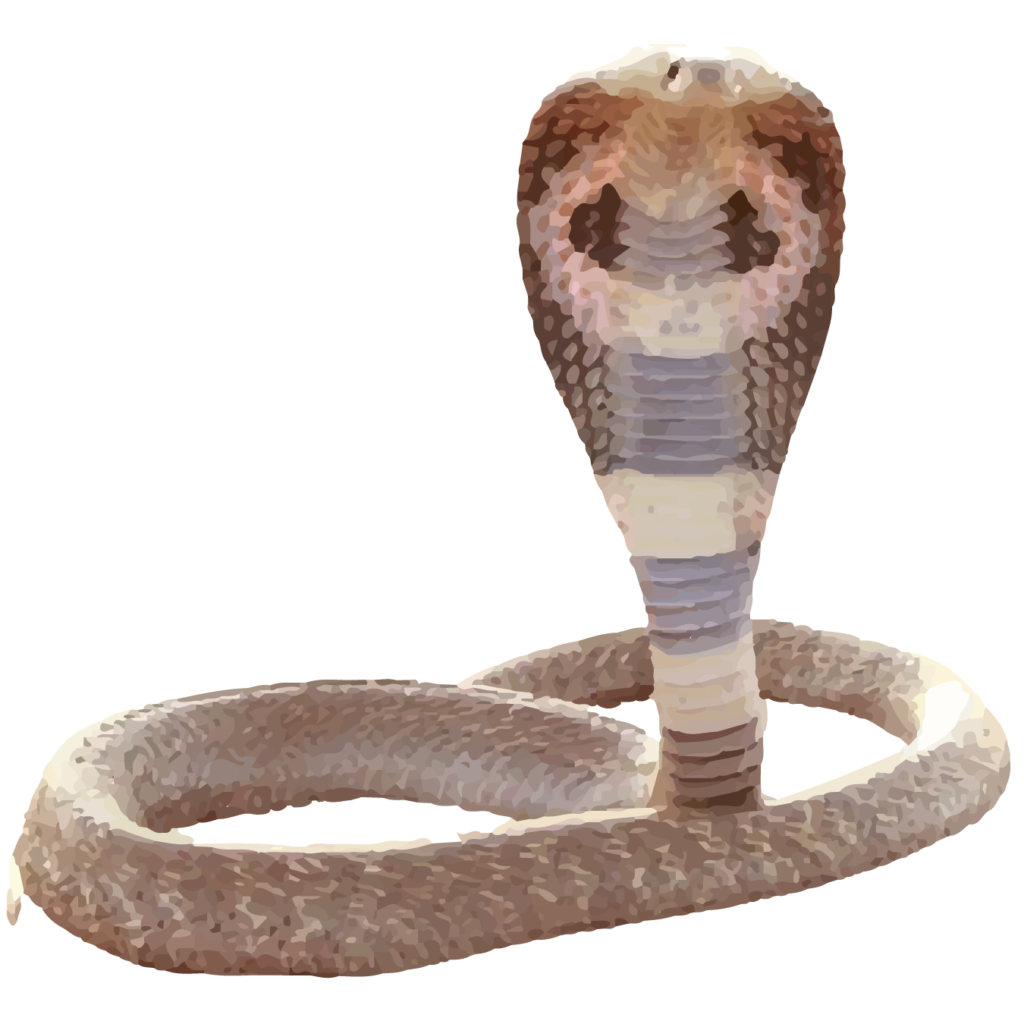Indian Cobra (Naja naja)

- Local/Regional name: Naag
- Habitat: Dense or open forests, plains, agricultural lands etc.
- Distribution: West Bengal, Sikkim, Assam, Meghalaya, Arunachal Pradesh, Nagaland, Manipur, Mizoram.
- Diet: Rodents, frogs, and lizards.
- Size: 1 to 1.5 metres
The Indian cobra, also known as Naja naja, is a venomous snake native to the Indian subcontinent. Here are some key points about this species:
Physical Characteristics
- Size: Indian cobras typically reach lengths of 1 to 1.5 meters (3.3 to 4.9 feet), though some individuals can grow longer.
- Appearance: They have a distinctive hood, which they expand when threatened. The hood often displays a spectacled pattern, resembling a pair of eyeglasses.
- Color: Their color can vary widely, ranging from yellowish, brown, black, to a deep tan. Some have light, darker banding on their bodies.
Habitat
- Geographical Range: Found throughout India, Pakistan, Bangladesh, Sri Lanka, and parts of Southeast Asia.
- Environment: Indian cobras thrive in a variety of habitats, including forests, plains, agricultural areas, and human settlements. They are highly adaptable and can live in both wet and dry environments.
Cultural Significance
- Symbolism: The Indian cobra holds significant cultural and religious importance in India. It is often associated with Lord Shiva, one of the principal deities in Hinduism, who is depicted with a cobra around his neck.
- Snake Charming: The Indian cobra is the species most commonly associated with snake charming in India, although the practice is now illegal under wildlife protection laws.
